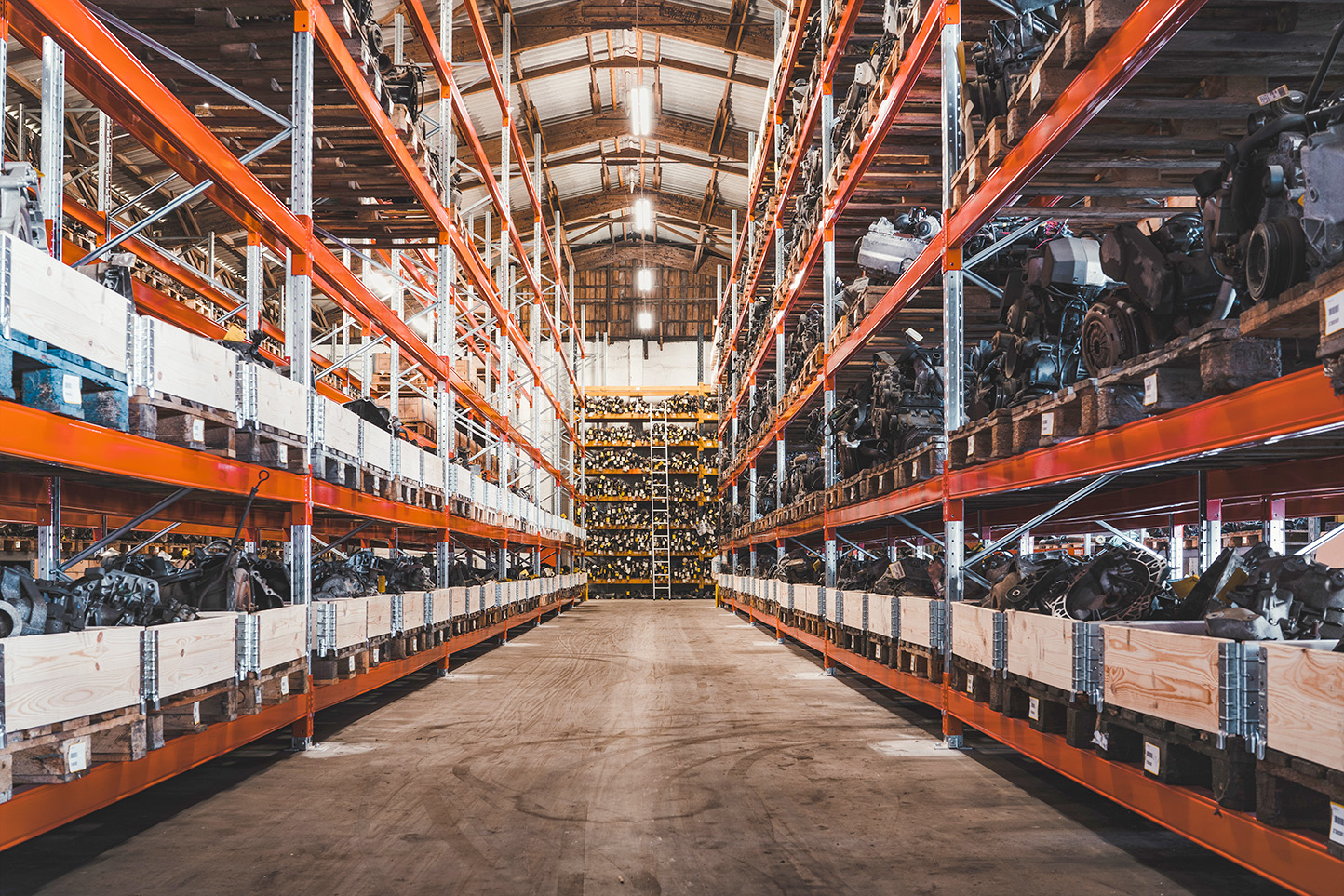Software-driven Smart Dismantling
Lithium, copper, rare earth elements – there is a tough global competition for resources like these, with industrial companies striving for resilient supply chains. This involves the recovery of materials from products that have reached the end of their life cycle. One of the challenges is the lack of essential information about numerous components. What raw materials are contained and in what quantity? What steps are necessary to separate them from each other? What can be recovered and what must be disposed of properly? What machines are required and where are they available? As part of the »Catena-X« project, Fraunhofer IPK, in collaboration with partners, is developing software that allows answers to all these questions. Dubbed the CE Assistant (CE = Circular Economy), it will assist dismantlers in defining the most suitable strategy for each case.

Digital Twin Stores Product DNA
The process is based on data collected throughout the entire life cycle of a product. This means that during the product’s development, manufacturers, for example, store information about what the object is made of, where the raw materials come from, how many units are planned, and what recycling rates are aimed for. This creates a virtual image of the real product, a digital twin that accurately reflects the intended state. In addition, each individual item in a product line is given an identification number. The data is instance-specific, allowing the CE Assistant to unequivocally assign them at the end of the product’s life (EoL).
»Life Story« in the Digital Shadow
Just like human identical twins, real products evolve differently from their digital twins over the course of their lives. For example, a retired used vehicle is likely to no longer contain only original parts after numerous repairs. Furthermore, components age at different rates depending on usage and external conditions. This makes many products at the EoL a black box for dismantling companies. The solution is to complement the digital twin with a digital shadow. This includes all the changes that have occurred to the product in the hands of the user. For this purpose, the CE Assistant must be able to access information from as many manufacturers as possible that could supply replacement parts. This may sound ambitious, but thanks to Catena-X, such a comprehensive »product passport« is already becoming a reality, initially for the automotive value chain.
Criteria for the Software Standard
To ensure that the CE Assistant supports circular economy as desired, the researchers at Fraunhofer IPK have integrated certain criteria. Recommendations for reusing, refurbishing, recycling or recovering of components depend, among other things, on applicable laws and regulations, the need to consider pollutants and whether the components are generally recyclable. Safety-critical components like airbags, for example, should not be reused. Additionally, the CE Assistant considers the mileage, functionality, and estimated remaining life- span. Another basis for the circular strategy recommended by the CE Assistant is the expected environmental impact according to ISO standard 14044. Lastly, the software calculates, among other things, the potential contribution of each CE strategy to the carbon footprint. For example, the assistant will determine whether a component should actually be refurbished. Under certain circumstances, it may be better for climate protection to manufacture an identical replacement part rather than transporting the component to a special facility.
Collaborate and Learn
The software follows a standardized logic, making decision processes reproducible. The advantage is that it can be applied to products from other companies. For this purpose, the CE Assistant transmits its results, recommendations, and calculation paths to Catena-X. In addition, partner companies can learn from the experiences shared via the CE Assistant. For example, if it is discovered at the EoL of a vehicle that connectors are difficult to disconnect, manufacturers can instruct their suppliers to optimize the design. This feedback-to-design approach makes the new generation of products more durable, repair-friendly, and recyclable, reducing the need for primary materials and contributing to sustainability.
 Fraunhofer Institute for Production Systems and Design Technology
Fraunhofer Institute for Production Systems and Design Technology